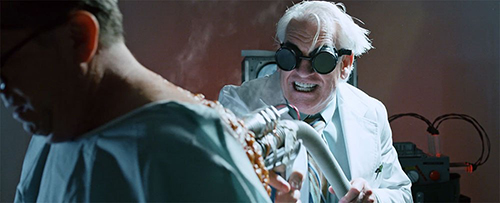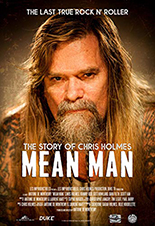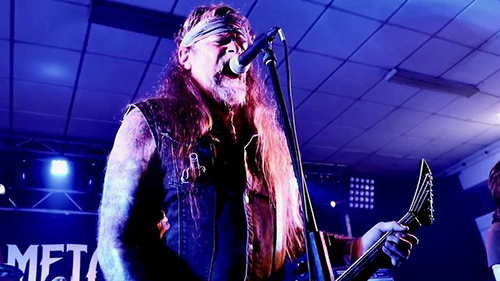
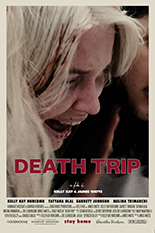 Discomforting and moody, the Canadian indie Death Trip feels like — and very well may be — a homemade movie from a group of friends. Admirably, it operates as if unconcerned with commerce, and more about just looking for a good excuse to splatter a little blood, get outside in the cold and run around the woods with a croquet mallet for non-croquet use. In no way is that meant as a negative; after all, first-time director James Watts demonstrates a firm grasp of the machinations of modern horror by opening with one of the more startling scares of recent memory.
Discomforting and moody, the Canadian indie Death Trip feels like — and very well may be — a homemade movie from a group of friends. Admirably, it operates as if unconcerned with commerce, and more about just looking for a good excuse to splatter a little blood, get outside in the cold and run around the woods with a croquet mallet for non-croquet use. In no way is that meant as a negative; after all, first-time director James Watts demonstrates a firm grasp of the machinations of modern horror by opening with one of the more startling scares of recent memory.
Three young ladies (Tatyana Olal, Melina Trimarchi and Kelly Kay) road-trip with their male pal (Garrett Johnson) to his family’s cottage for the weekend. (All four are unprofessional actors and go by their real first names, which takes some pressure off the improvisation.) They eat, drink, toke, poke (or at least play Fuck, Marry, Kill) and peek on the undressing young woman next door (Zoe Slobodzian, who co-produced and handled wardrobe), whose father is rumored to have murdered her mom.
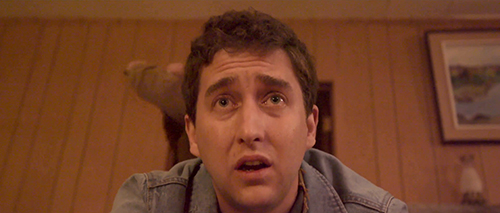
Just as Death Trip finishes setting up its board, Watts and co-scripter Kay (whose previous writing credits number several hardcore pornos) cease moving the pieces in order to overindulge on its worst mumblecore tendencies. Serving as the movie’s second act, an elongated party sequence is insufferable padding around the barest of character information, extinguishing the slow burn and revealing the needed for a beefed-up outline. I’m not saying the emperor has no clothes, but they’re definitely draped carelessly over a sofa and forgotten about for far too long.
Comparatively action-packed, the last third is practically an act of atonement, paying off the seeds planted throughout — namely, acts of violence Watts’ purposely disorienting editing heretofore teases. The film’s final face-off takes place atop a frozen lake, while some random dude just zooms around on a snowmobile to add a pinch of tension and one cup of absurdity. This ends on a literal high note, with crunched testicles. O Canada!
Death Trip would work more effectively if its millennial characters — neck tats, Bernie bumper stickers and all — were more likable. Then again, that they aren’t may be part of Watts and Kay’s point, given microcinema’s leaning toward the unorthodox. One thing remains certain: the power of the score. In his first time out as film composer, singer/songwriter Estan Beedell deserves massive credit for adding points to viewers’ blood pressure with a mere pluck of a string and roll of the drums. —Rod Lott


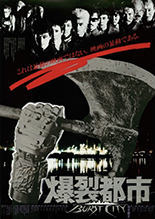
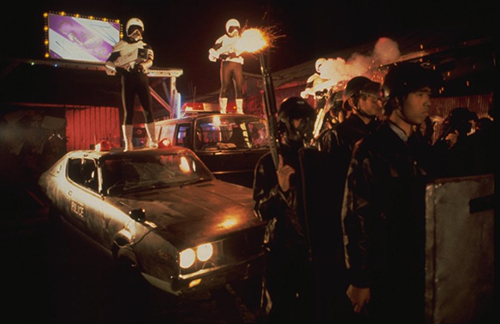


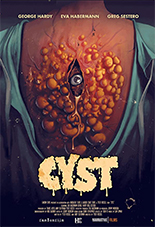 If
If 